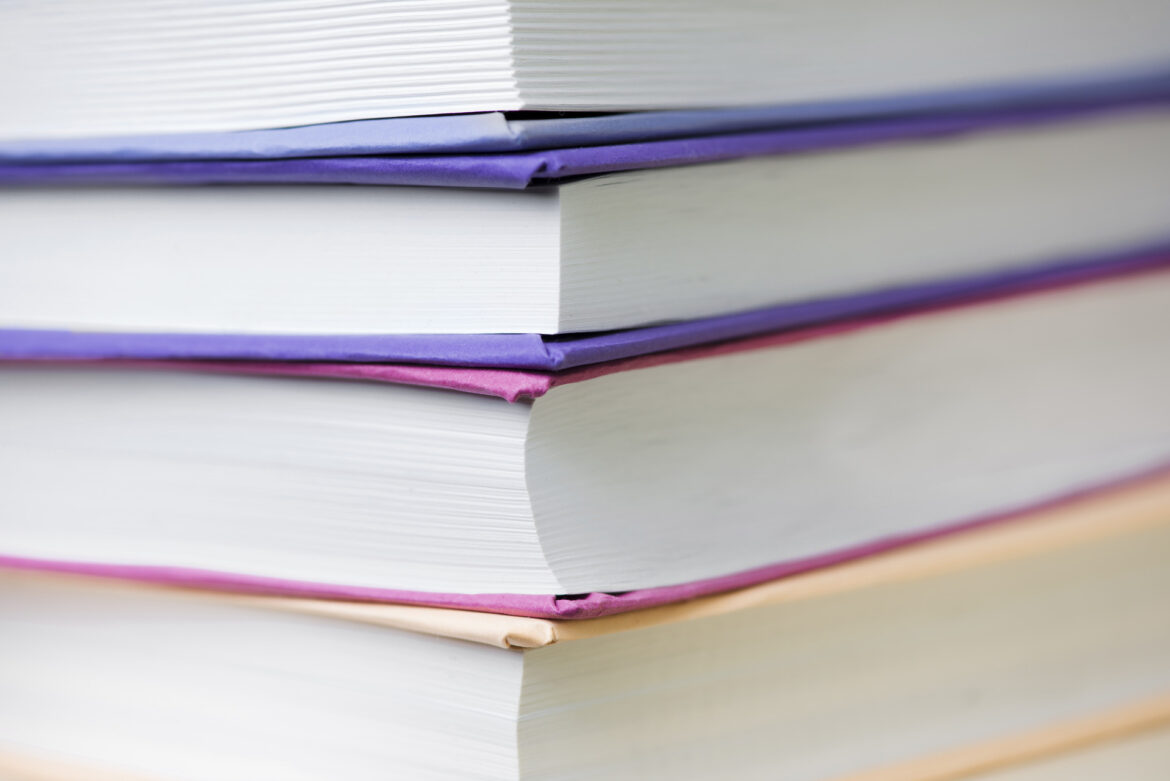Table of Contents
Once you have the final copy of your dissertation in your hands, all thoroughly proofread and reviewed intensely, the next step is to have it printed and bound. The dissertation printing and binding process is to be taken seriously since no one would want their years of hard work and toil to be seen as a shabby and poorly produced product. So before you rush out to get it printed, always ensure the institutional guidelines on how the dissertation is to be printed and bound are strictly followed.
In this article, we will look at the dissertation printing and binding process, the final box that is to be ticked in the research journey. The critical aspect of this final step is for you to make the appropriate choice in terms of the type of binding and printing options you will use.
Types of Dissertation Binding
Spending some time reviewing the binding options available is a great way to begin. Align your choice with the university requirements first, then start exploring binding possibilities. Remember to keep in mind factors like binding quality, durability, how professional it will appear, and the costs involved. Below are some of the common types of dissertation binding that one can consider.
- Spiral binding: This type of dissertation binding is perfect for undergraduate or graduate students working on tight budgets as it is relatively inexpensive. Plastic or metal coils are used here to bind pages together (choices of color may be available), and the final output is straightforward to handle and read, given the flat opening that makes browsing through hassle-free.
- Hardback binding: Students can choose this kind of binding for their final dissertation submission. It gives your dissertation a professional look. With hardcovers on the front and back, one can also try various kinds of lettering to make it more impactful.
- Paperback binding: This option can be considered for informal submissions. Though it costs less than hardback binding, good quality, and flexible light covers can create a clean and professional appearance.
- Thermal binding: Here, the binding is done with a transparent cover that highlights the dissertation’s title page. It has a professional look, is solid and reliable, and has color options.
- Comb binding: This kind of binding is recommended for draft versions and costs less than a spiral binding option. It allows pages to be removed or added and comes with a transparent front and back cover.
Dissertation Printing Options
- Color or black and white: Before deciding on the colour option, check if your department or institution has laid out any guidelines in this regard. If it’s not specified, weigh in which one colour or a combination will make your dissertation visually appealing. Color printing tends to be expensive, and an overuse of colors can be overwhelming and distracting. So, use colour wisely and only where required – for graphs or figures, for example.
- Single or double-sided: University guidelines should be the foremost factor in deciding to opt for single-sided or double-sided printing. The latter is obviously cheaper. However, take care to ensure that the title page, acknowledgments, table of contents, abstract, and bibliography start on fresh pages. Similarly, new chapters should also begin on the front side of the paper. You also need to consider the difficulty in comparing images and graphs referred to in the text if these appear on either side of a page.
- Layout: Check departmental guidelines on the layout and margin requirements. Usually, a 2.5 cm margin on the side is required to make allowance for binding.
- Paper weight: The paper should not be so thin that the print is visible on the other side, nor should it be too thick. For better quality output, consider using a paper weight of 100gsm.
- Number of copies: Depending on your department guidelines, you may have to submit one to three copies of your dissertation. Hence, three to five copies are usually printed.
Things to check before printing dissertations
Before printing your dissertation, make sure to do some final checks, as listed below.
- Ensure that your document is saved in PDF file format: PDF files are usually accepted by thesis printing services. Hence, by keeping your dissertation in pdf file format beforehand, you can check for any discrepancies or errors that may arise during conversion.
- Proofread your dissertation: This is crucial to eliminate any grammatical or language errors, misspelled words, or incomplete sentences that may have been overlooked.
- Review the tables, graphs, and any other visual elements: Formatting can affect the layout of tables and graphs. So, cross-check visuals, ensure correct labeling, and check if they correspond to the information in the text. Also, ensure that the images are of high quality.
- Check with the printing services beforehand: It is always helpful to check ahead with printing service providers on the time and cost of printing and binding. Also, check with your department for any formalities to be completed while submitting the printed dissertation. This allows you to plan things well in advance.
There are many types and options for students to choose from when it comes to printing and binding dissertations. However, as highlighted above, it is essential to be aware of the institution’s requirements and guidelines before it proceeds.
Paperpal is a comprehensive AI writing toolkit that helps students and researchers achieve 2x the writing in half the time. It leverages 21+ years of STM experience and insights from millions of research articles to provide in-depth academic writing, language editing, and submission readiness support to help you write better, faster.
Get accurate academic translations, rewriting support, grammar checks, vocabulary suggestions, and generative AI assistance that delivers human precision at machine speed. Try for free or upgrade to Paperpal Prime starting at US$19 a month to access premium features, including consistency, plagiarism, and 30+ submission readiness checks to help you succeed.
Experience the future of academic writing – Sign up to Paperpal and start writing for free!



